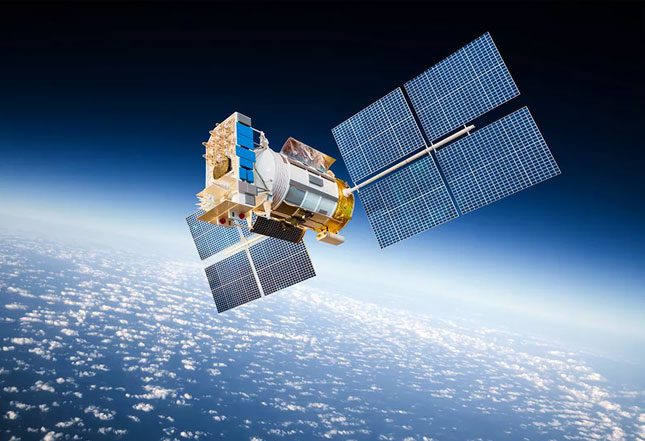The Minister of Information and Communications, Nguyễn Mạnh Hùng, has directed the Radio Frequency Department and VNPT to promptly present a plan for launching a new satellite to replace the expired VINASAT-1 satellite.
A New Satellite Will Replace VINASAT-1
Speaking at the first quarter 2024 government management conference, which involved businesses, associations, and press agencies, Minister Nguyễn Mạnh Hùng emphasized the need for the Radio Frequency Department and VNPT to quickly propose a plan to launch a new satellite to replace the expired VINASAT-1.
Minister Nguyễn Mạnh Hùng reaffirmed: “The launch of the satellite is essential for national security, and VNPT will carry out this project. The Ministry of Information and Communications will provide support to facilitate VNPT in overcoming difficulties during the launch of the new satellite.”
In discussions with reporters, representatives from the Radio Frequency Department noted that the new satellite set to replace the expired VINASAT-1 will utilize the old frequency bands. Therefore, there is no need for frequency planning for the upcoming satellites.
Previously, on April 19, 2008, VINASAT-1 was successfully launched into orbit, affirming Vietnam’s sovereignty over satellite space. The satellite was manufactured by Lockheed Martin (USA) and was launched into orbit by the Ariane-5 rocket (France) at the orbital position of 1320E (132 degrees East).
The satellite has a weight of 2.8 tons and an operational lifespan of 15 years. It operates on extended C-band and Ku-band frequencies, providing extensive coverage including Vietnam, Southeast Asia, eastern China, India, North Korea, Japan, Australia, and Hawaii.
VINASAT-1 had a total investment value of approximately 300 million USD and reached the end of its operational life in 2023. Thus, as of now, VINASAT-1 has been out of service for almost a year. At that time, VNPT anticipated recovering its investment in 10 years.

Vietnam plans to launch a new satellite to replace the expired VINASAT-1.
Subsequently, on May 16, 2012, VINASAT-2 was launched into orbit. The investment for VINASAT-2 was approximately 260 million USD, with VNPT as the main investor and manager. VINASAT-2 has greater capacity, a larger weight, and more transponders, resulting in higher bandwidth capacity.
While VINASAT-1 was designed with 20 operating transponders, including 8 extended C-band transponders and 12 Ku-band transponders with a bandwidth of 36MHz per transponder, VINASAT-2 is “more impressive”, featuring 30 Ku-band transponders (24 for commercial use and 6 for backup).
This means that VINASAT-2 has 4 more transponders than VINASAT-1, equivalent to a 20% increase in capacity. VINASAT-1 covered Vietnam, Laos, Cambodia, Thailand, and part of Myanmar, while VINASAT-2 expands coverage to include parts of Malaysia and Myanmar. VINASAT-2 may have a lifespan of up to 21.3 years.
VINASAT-1 May Still Operate for Another 5 Years
An expert on frequencies shared with reporters that although VINASAT-1 has reached the end of its designed lifespan, the satellite could still operate for an additional 5 years. However, preparing for the new satellite is a pressing issue because we cannot be certain when this satellite will cease operations.
“Typically, when bidding for satellite capacity, customers will require the satellite to have approximately 30% of its operational lifetime remaining as per the design commitments. Therefore, this situation poses challenges for VNPT, which operates VINASAT-1 and VINASAT-2, when tendering for satellite transmission services,” the expert said.
After successfully launching VINASAT-1 and VINASAT-2, Vietnam became the seventh country in the ASEAN region to have a position and sovereignty in satellite orbit.
The launch of the VINASAT satellites is of significant importance in completing Vietnam’s telecommunications system, as it follows the establishment of radio communications, wired communications, ground information, and maritime information, now including satellite telecommunications. Satellite connectivity plays a proactive role in connecting remote areas, border regions, and islands, which were previously unreachable by terrestrial information systems.
This satellite will enable Vietnam to be proactive in ensuring national defense and security, particularly in tasks related to border regions, islands, and maritime areas.
The satellite market is currently facing intense price competition among operators in the region.


















































